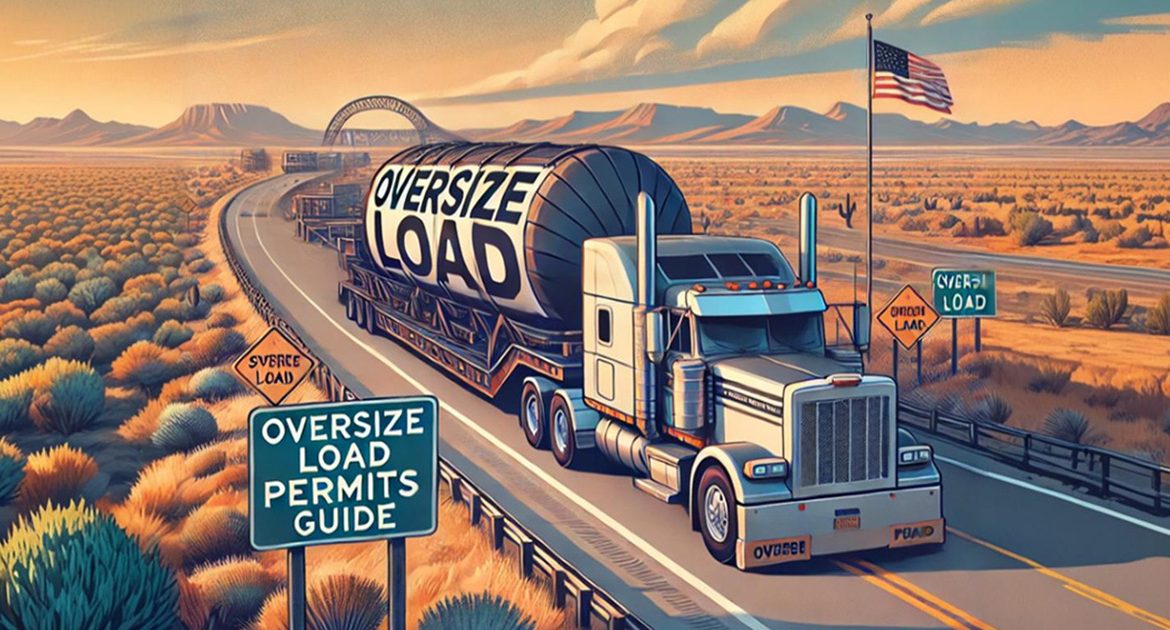Transporting oversized loads across the United States requires meticulous planning and strict adherence to federal and state regulations. Securing the appropriate oversize load permits is a critical component of this process. This guide provides a step-by-step approach to applying for these permits, highlighting how partnering with a specialized permitting service like Synchron Permits can streamline the procedure.
Step 1: Determine If Your Load Requires a Permit
Assess whether your load exceeds standard legal dimensions and weights, which typically are:
- Width: 8 feet 6 inches
- Height: 13 feet 6 inches to 14 feet, depending on the state
- Length: Varies by state and vehicle configuration
- Weight: 80,000 pounds gross vehicle weight
If your load surpasses any of these measurements, an oversize load permit is necessary. Each state has its own Department of Transportation (DOT) or equivalent agency responsible for issuing these permits. For instance, North Carolina provides an online system for permit applications.
Step 2: Plan Your Route
Effective route planning is crucial, as regulations differ between jurisdictions. Consider:
- State Regulations: Each state enforces its own rules for oversize loads. Familiarize yourself with the specific requirements of each state your load will pass through.
- Road Restrictions: Identify limitations such as bridge capacities, low clearances, or construction zones.
- Escort Vehicles: Determine if escort vehicles are required based on your load’s dimensions and the states traversed.
This planning helps in identifying the necessary permits and ensures compliance with state and local regulations.
Step 3: Gather Necessary Information
Before applying for permits, compile essential details about your vehicle and load:
- USDOT Number/Federal ID Number
- Vehicle Information: Year, make, model, serial number, license plate number, and state
- Type of Trailer: Flatbed, lowboy, drop deck, etc.
- Number of Axles and Trailer Length
- Load Description: Type of load, number of pieces, and loading method
- Dimensions: Overall width, height (from ground to top of load), length (truck + trailer and/or load), and weight
- Axle Details: Individual axle weights and spacings
- Route Information: Exact origin and destination addresses, including specific routes and city streets
- Escort Vehicles: Determine if escort vehicles are required based on your load’s dimensions and the states traversed.
Having this information readily available will streamline the permit application process.
Step 4: Apply for Permits
You have two primary options for obtaining oversize load permits:
Apply Directly to State Agencies:
- Identify Relevant State Agencies: Determine all the states your load will pass through and locate their respective permitting offices.
- Submit Applications: Many states offer online systems for permit applications. If an online option is unavailable, applications can often be submitted via fax or mail. Ensure all forms are completed accurately to avoid processing delays.
- Await Approval: Processing times vary by state and the specifics of your load. It’s advisable to apply well in advance of your planned transport date to accommodate any potential delays.
Utilize a Permitting Service:
- Synchron Permits: Specializes in obtaining permits for heavy haul, oversized, and overweight loads across the 48 contiguous states. Their experienced team manages the entire application process, leveraging their expertise to navigate the complexities of state regulations and ensure timely permit acquisition. Their transparent pricing structure varies depending on load size, with detailed information available on their website.
Having this information readily available will streamline the permit application process.
Step 5: Comply with Permit Conditions
Once permits are secured, adhere strictly to the specified conditions, which may include:
- Travel Times: Permitted hours of travel, which may exclude nighttime or peak traffic hours
- Route Restrictions: Mandatory routes or detours to avoid certain areas
- Safety Requirements: Use of specific signage, lighting, or escort vehicles
Non-compliance with permit conditions can result in fines or delays.
Conclusion:
Applying for oversize load permits in the U.S. involves thorough preparation and attention to detail. By following these steps and considering partnership with a specialized service like Synchron Permits, you can ensure a smooth and compliant transportation process for your oversized load. Their experienced team and comprehensive services simplify the complexities of permit acquisition, allowing you to focus on the safe and efficient delivery of your cargo.





